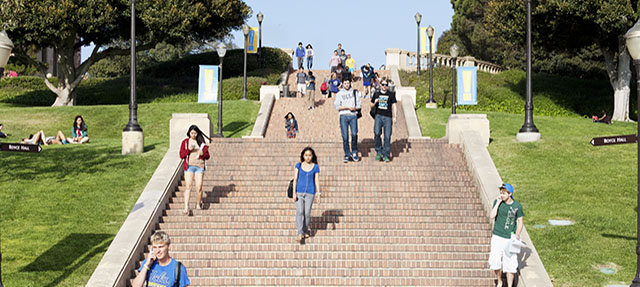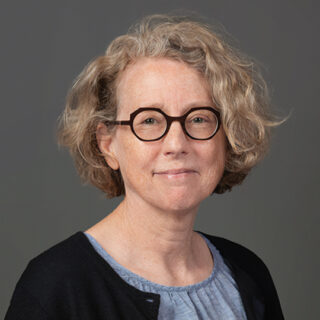As the University of California (UC) and the California State University (CSU) consider changes to eligibility requirements, important questions are being raised about college admissions standards and educational equity. In Sacramento last Friday, PPIC researcher Niu Gao outlined the findings of a new report on the potential effect of an expanded science requirement on UC eligibility across the state, and a panel of experts addressed larger questions about college eligibility and access.
Gao explained that the potential impact of an expanded science requirement on college eligibility is tied to “the inequitable distribution of educational resources, and also opportunities both within and outside of schools.”
Varsha Sarveshwar, president of the UC Student Association, underlined the importance of institutional barriers that make it difficult for some students to take required courses. “When you’re a high school student you’ve got . . . a lot of things you have to worry about, particularly if you’re trying to apply to UC. And some of those institutional barriers, such as scheduling, or maybe not meeting all the prerequisites—those can have a really big impact on students.”
Yvette Gullatt, UC’s vice provost of diversity and engagement, said that “for UC, when we’re thinking about equity, we have to follow our land-grant mission, which is to ensure that every student in California has the opportunity to attend the university.” Instead of making top-down changes, “we need to consult, and we need to look at data, and we need to get feedback.” In short, she said, “we need to really understand, ground up, how these things actually work.” She added that this kind of consultation and analysis led UC to reject a change to its science requirement.
Improvements in course placement policies as well as course scheduling could lower barriers for many students. But teacher shortages make it challenging to provide access to courses, especially for schools in low-income areas. Blain Watson, principal of Dominguez High School in the Compton Unified School District, offered an example. At Dominguez—which has 1,800 students on campus and several hundred more in a continuation program—“the actual number of kids taking physics is limited to one teacher, and that one teacher teaches both physics and mathematics.”
More generally, Watson highlighted the need to keep kids in class and engaged, so that they can succeed in required courses and have access to a wide range of electives. For Watson, fostering this engagement involves helping teachers build relationships with students—“building capacity in teachers to teach from the heart.” Sarveshwar noted that helping students prepare for and get through college requires culturally competent counseling and support, starting as early as middle school. As she put it, “How much of college readiness is a matter of belonging?”




